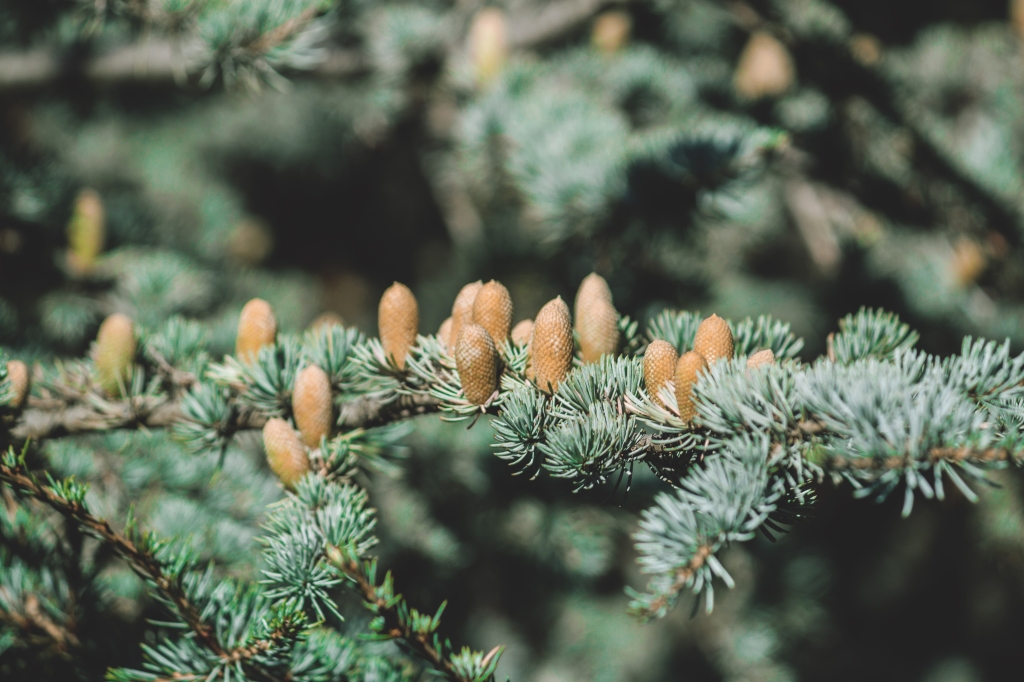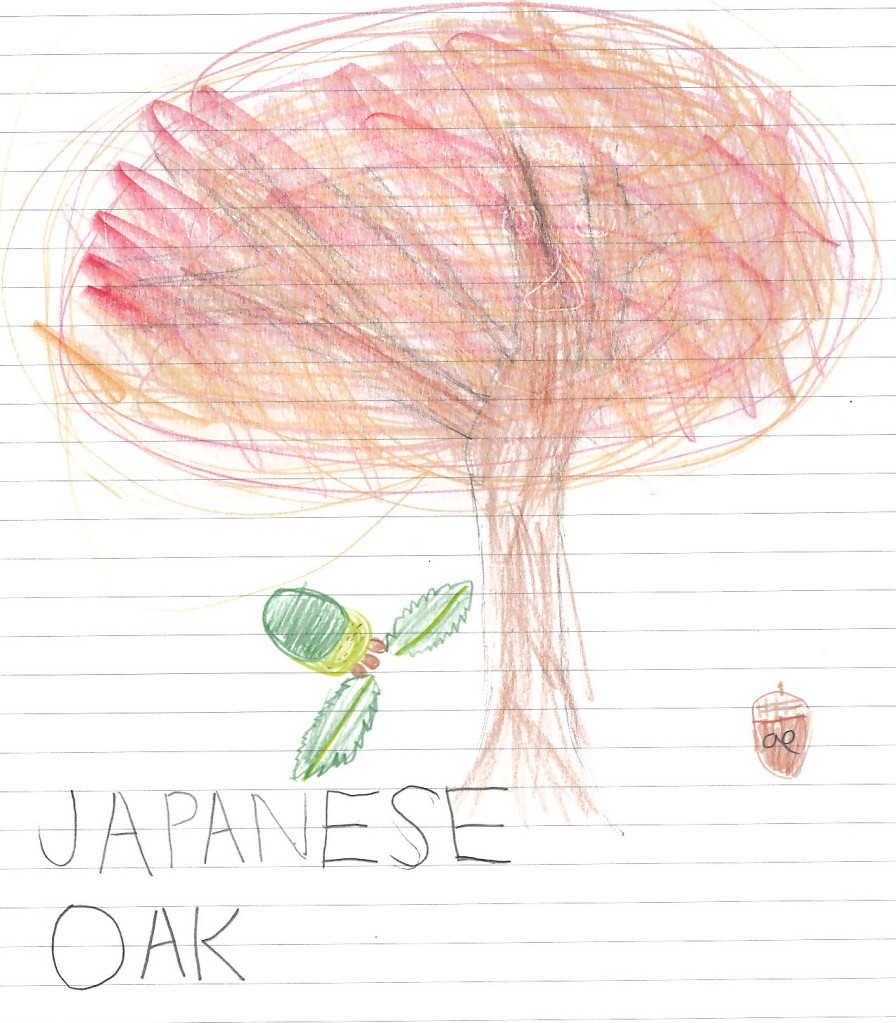This is the fifth installment of our multi-part series on trees. This week we look at the genesis of a problem firmly rooted in the best-intentions terrain and discuss two solutions. We are indebted to Dr. Toshihiro Osada, who kindly took the time to answer our questions. Readers who might like more information on this pressing problem are encouraged to read the very informative “Japanese Cedar and Cypress Pollinosis Updated: New Allergens, Cross-Reactivity, and Treatment” by Toshihiro Osada and Mitsuhiro Okano, appearing in Allergology International, May 2021.

Wander into some areas of Japan (Nikko, for example) at the wrong time of the year (spring, for example) and like the lyrics of “Teddy Bears’ Picnic” will tell you in no uncertain terms, “You’re sure of a big surprise.”
If you go out in the woods today,
You’re sure of a big surprise.
If you go out in the woods today,
You’d better go in disguise.
For every bear that ever there was
Will gather there together because
Today’s the day the teddy bears have their picnic. [Wikipedia}
But should the Teddy Bears in Japan decide to lunch in the forests therein, it might be a tad difficult for them to find them, as they will probably be blanketed by pollen, most likely those of cedar or Japanese cypress. Okay, okay, I’m exaggerating a bit, but believe me, it’s bad.
Visibility is not the only problem of course. [Excuse me while I get a tissue. …Ah, that’s better.] These ubiquitous varieties of pollen, you see, have come to plague increasing numbers of residents of Japan–Achoo–who succumb to symptoms that are irritating and enervating. As far back as 1963, Dr. Yozo Saito, working in Nikko at the time, suspected that something was amiss. “I encountered 21 patients who complained [of]…allergic symptoms affecting the nose, eyes, and throat…. This experience was the prelude to the discovery of Japanese cedar pollinosis.”1

So where did all these offending trees come from? Simply put: in the postwar period Japan embarked on an ill-fated afforestation program. Cedars and Japanese cypress trees were planted in large numbers both to replace those that were felled during the war and with the expectation that the timber would be used in the anticipated housing boom. These were all reasonable positions to take at the time, and if life were more art-gallery still life than free-flowing river, such policy implementations directed at chronologically distant targets might enjoy a great deal of success, but, alas, such is not the case, as is amply documented in Reason TV’s Unintended Consequences series: https://www.youtube.com/watch?v=pSwMEtuL-GQ. Foreign competition in the timber market left Japan with a surfeit of the offending trees and large numbers of people searching for relief.
The consumption of Forest Ferments, or whatever the tree-derived distillates are eventually called, will gradually attract a sizable number of devotees both here and abroad and will result in a reduction in the number of cedars and Japanese cypress trees spewing their irritating powder into the spring wind.
The second solution to this problem lies in what may be termed “natural afforestation,” or let Mother Nature do the work after the trees go into the bottles. The following citation is a fitting way to end our series on trees and contains much to be pondered, over a cedar, or cherry, or birch….spirit, of course.
It is interesting to compare a large-scale intensively cultivated field to an equivalent area of natural woodland. The woodland receives little or no intervention but produces lush growth and a diversity of plants and animals. The cultivated land supports very few species. The quality and depth of soil in a woodland is maintained and improved by natural processes, but in contrast cultivated fields often suffer from erosion and loss of soil structure, and require costly agro-chemical inputs to remain productive.2
1Saito, Y. “Japanese Cedar Pollinosis: Discovery, Nomenclature, and Epidemiological Trends,” Proceedings of the Japan Academy, No. 6, 2014.
2“Introduction,” Edible Trees (UK, Plants for a Future, 2013).

N.B. This entry was written on May 29, 2023. On May 31, 2023 The Japan News published the following article “Cedar Forests to Be Reduced to Fight Allergies” in which it was revealed that the Japanese government would be using a three-pronged approach, one of which is “…to reduce the area of pollen-producing cedar forests by 20% from the current total of 4.31 million hectares….” We can state with certainty where we would like to see these trees end up!